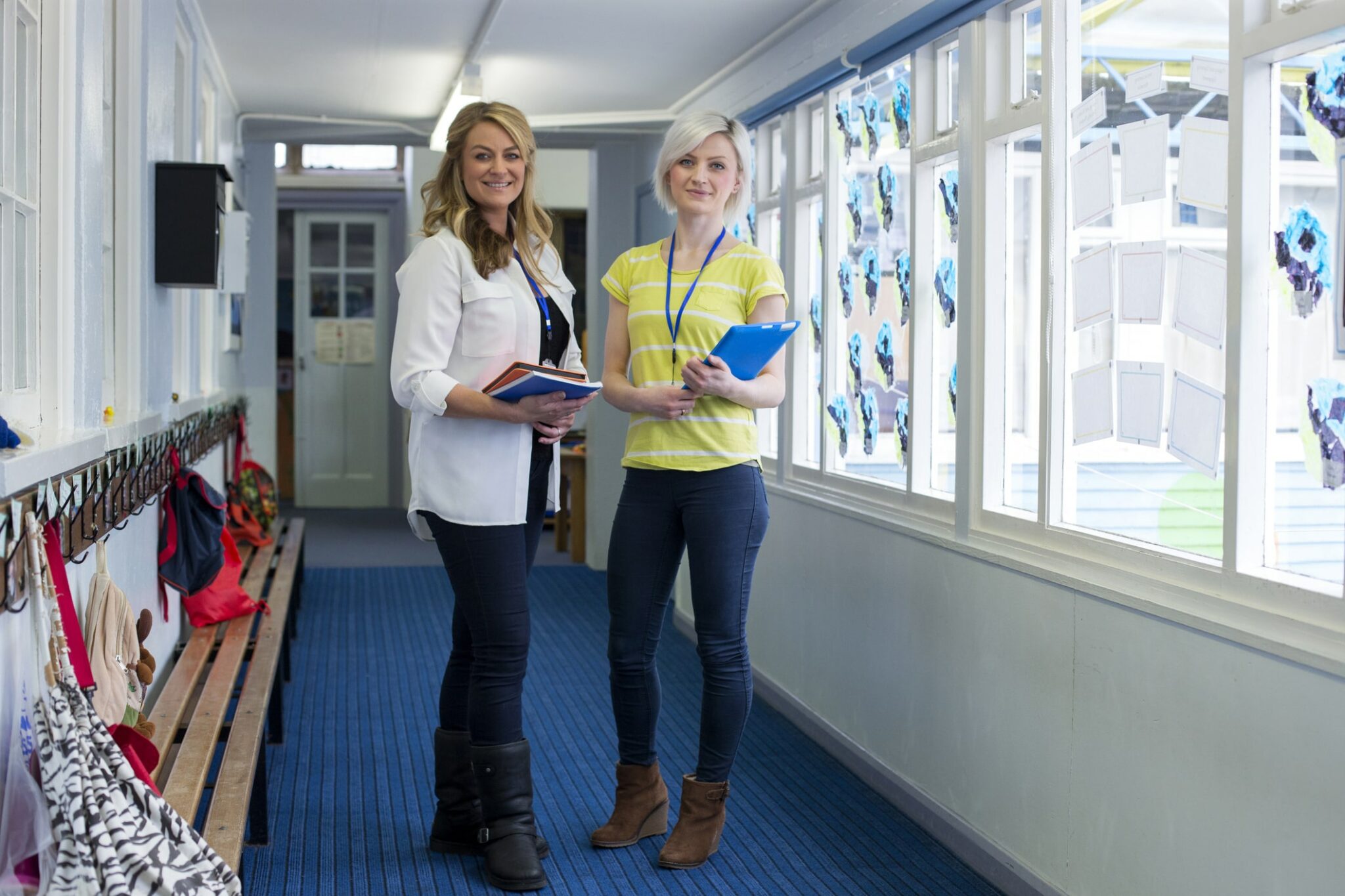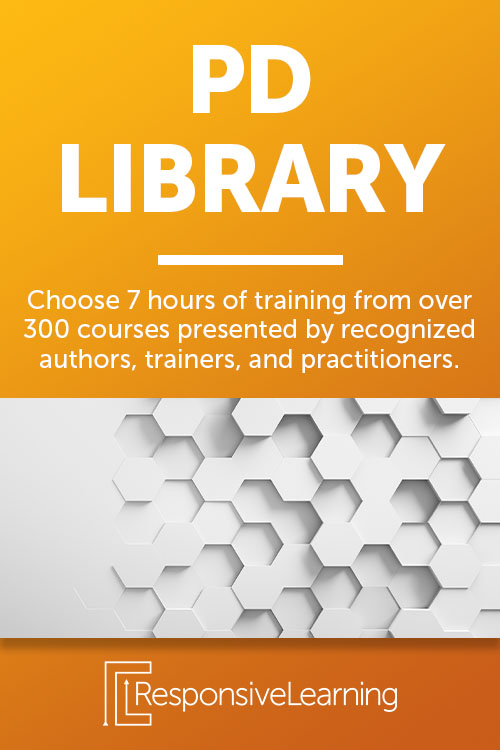Co-teaching is a teaching method in which two or more teachers work together to deliver instruction to a group of students. In a special education classroom, co-teaching is an approach that’s used all over the place.
We have general ed and special ed teachers collaborating and co-teaching in an inclusion model. We also have paraeducators and teachers co-teaching in a self-contained model. Here’s the thing; using co-teaching and making co-teaching actually work are two different feats. Read more about the five key tips on how to optimize co-teaching in special education.
Tips to Optimize Co-Teaching
Co-teaching is an effective way to provide support and accommodations to students with disabilities while also fostering an inclusive and collaborative learning environment. If you’re struggling with co-teaching relationships on your campus or in your department, here are a few important tips:
1. Clearly Define Roles and Responsibilities
This is one of the biggest problems with teacher teams: They aren’t clear on who is supposed to be doing what when and with who. And that translates to chaos in the classroom. What this boils down to is that co-teachers need to define roles and identify individual and shared responsibilities.
In fact, it’s critical that both members of a teaching team understand their roles and responsibilities within the co-teaching arrangement. It’s not just about saying who is going to do what. It’s about both teachers contributing their strengths and expertise to the classroom. When a team has this down, it makes overall classroom management easier. That means learning for the students is easier too, and that translates to better outcomes for the students. As an administrator, you can help teams navigate their roles and responsibilities in a clear and calm manner.
2. Establish Clear Communication
Ever play telephone? That’s where one message is sent through several people and somehow never ends up the same when it gets to the last destination. Here’s the thing; communication can make or break a team. Without clear communication, a classroom can hit the skids quickly. And when the teaching team struggles, the students struggle too.
Good communication is key to any successful co-teaching arrangement. In order to make that happen, set clear expectations for how and when communication will happen. Make sure that both teachers have regular check-ins to discuss lesson planning, student progress, and any other issues that may arise.
As an administrator, ensure your teacher team has time to meet without students and without campus duties. These times to meet are part of building communication within your team.
3. Use a Variety of Teaching Strategies
When the two teachers on a teaching team are doing the exact same thing, it can seem like a copasetic relationship. It’s misleading, though. When two teachers are doing the exact same thing in a co-teaching relationship, it can mean students aren’t getting what they need.

Co-teaching allows for the use of a variety of teaching strategies to meet the needs of all students in the class. For example, one teacher may use direct instruction while the other uses a more hands-on approach. Co-teachers need to embrace the opportunity they have to diversify their instruction and differentiate for student needs.
As an administrator, it’s essential that part of your classroom observations looks specifically for teams using a variety of teaching strategies. Work for teams to learn and effectively use different teaching approaches as part of your campus professional development.
4. Differentiate Instruction
Speaking of differentiated instruction, it’s essential for teacher success. Whenever I teach differentiation in a special education classroom, I’m surprised at how challenging teachers find it to adjust their materials or lesson to meet students’ needs.
In a special education classroom, however, it’s critical to differentiate instruction to meet the diverse needs of all students. That includes those with disabilities or who have complex access needs. Co-teaching allows for more individualized instruction and the use of accommodations and modifications as needed. That allows us to differentiate what we are doing and how we are doing it to make sure all learners have access to the lesson.
As an administrator, focus on differentiation as part of professional development for your co-teaching teams. It continues to be a challenge for teachers and one of the most effective ways to meet student needs. Check out this course on differentiation specifically for those teaching students with complex access needs.
5. Foster Collaboration and Teamwork
Team building is part of having an effective co-teaching partnership. Even if partners on a team aren’t the best of friends outside of the classroom, they have to present a united front inside of the classroom. Collaboration and teamwork doesn’t mean being besties in all things all the time. It means working together in the best interest of students as a team.
As an administrator, encourage both teachers to work together and collaborate as a team. This can help to create a positive and supportive learning environment for all students. It may not happen naturally, so as you plan campus and team events, consider embedding team-building activities.
RECAP: How to Optimize Co-Teaching
To optimize co-teaching, it’s essential to clearly define roles and responsibilities, establish good communication, use a variety of teaching strategies, differentiate instruction, and foster collaboration. This approach makes co-teaching work in special education classrooms for both inclusion and self-contained models. Teachers must embrace the opportunity to diversify their instruction and differentiate for all students’ needs.
Administrators can help by providing time for teams to meet, promoting teamwork, and focusing on differentiation as part of professional development. With these tips in mind, teachers can create a successful co-teaching arrangement that meets the needs of all students.
About the Author:

Ayo Jones is an experienced special education teacher, successful instructional coach, and charismatic professional speaker. Driven by her love for all things special education, Ayo provides educators teaching students with significant disabilities exactly what they need to survive and thrive.
In her over 15 years in education, she has coached hundreds of teachers, trained thousands of educational professionals, and developed curricula for tens of thousands of students with disabilities. You can learn more about Ayo on her website, Noodle Nook.







